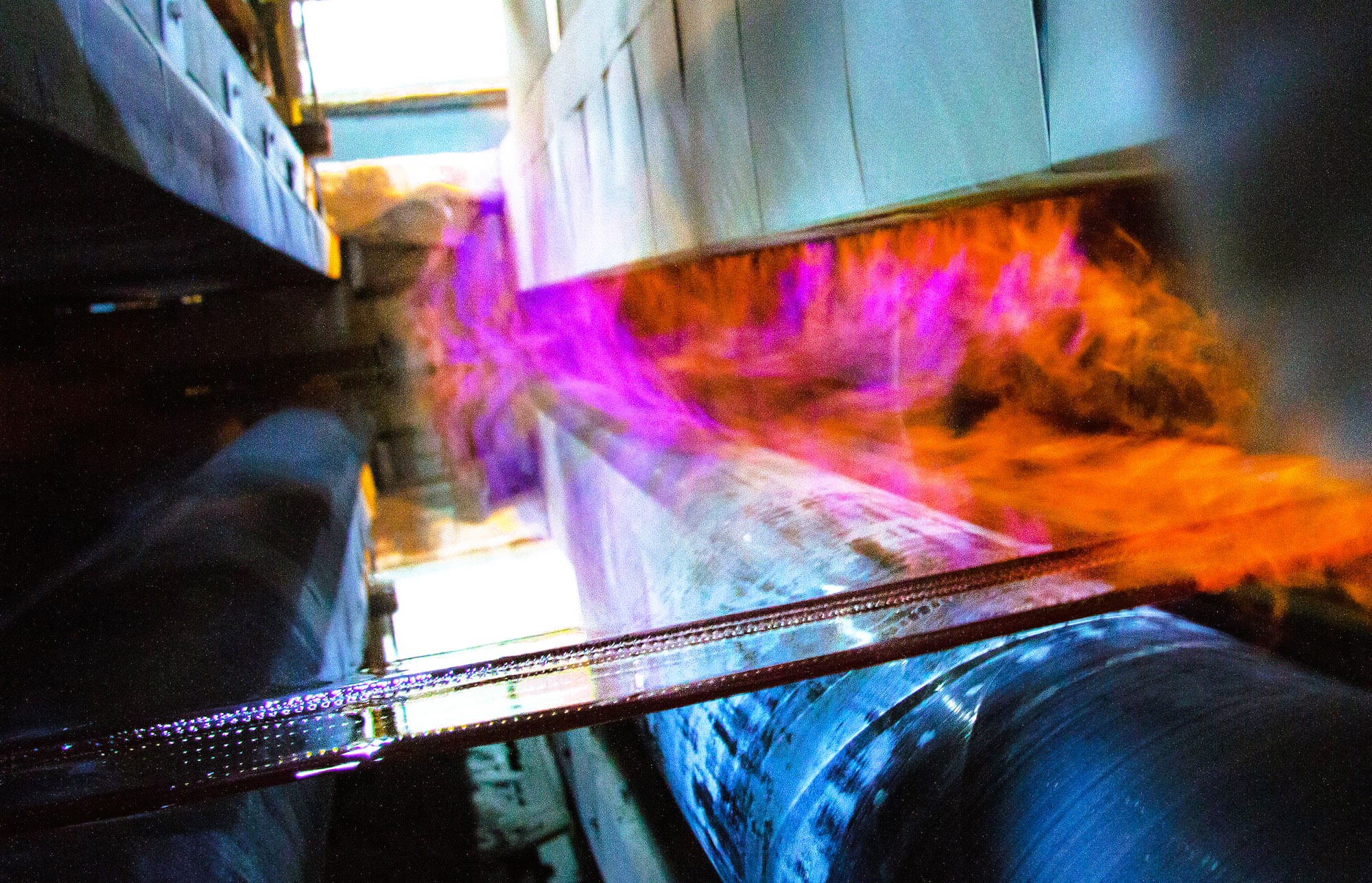The glass industry is an integral part of various sectors, ranging from construction to automotive to consumer goods. It has a rich history of innovation and adaptation to changing market demands and technological advancements. In this article, we will explore the current global trends in the glass industry, examining how this ancient material continues to evolve and shape modern manufacturing and design.
1. Sustainable Manufacturing
Sustainability is a central theme in the glass industry. Manufacturers are increasingly focused on reducing their environmental footprint. This involves various initiatives:
- Recycling: Glass is one of the most recyclable materials, and the industry is actively promoting glass recycling to reduce energy consumption and resource depletion. Many glass products now contain recycled content, such as bottles and fiberglass insulation.
- Energy Efficiency: Glass production is energy-intensive, but advancements in technology and manufacturing processes have led to significant reductions in energy consumption. Manufacturers are investing in energy-efficient equipment and practices.
- Emissions Reduction: Glass manufacturing can release greenhouse gases. To address this, some companies are adopting cleaner technologies and alternative fuels for firing furnaces.
2. Advanced Materials and Coatings

The glass industry is continually developing new materials and coatings to meet evolving needs:
- Low-E Glass: Low-emissivity glass is coated with a microscopically thin layer of metal or metal oxide that reduces heat transfer. It is widely used in windows and facades to improve energy efficiency by minimizing heat gain in the summer and heat loss in the winter.
- Smart Glass: Smart or switchable glass can change its properties in response to external factors. For example, electrochromic glass can alter its tint to control light and heat transmission, enhancing comfort and energy savings.
- Antimicrobial Glass: Given recent health concerns, there is growing interest in antimicrobial glass coatings that inhibit the growth of bacteria and viruses on surfaces.
3. Architectural Innovation
In architecture, glass has taken on a prominent role:
- Glass Facades: Glass facades have become a symbol of modern architecture. Advancements in structural engineering have allowed architects to create stunning glass skyscrapers and buildings with uninterrupted views.
- Sustainable Design: Architects are increasingly incorporating glass into sustainable building designs to maximize natural light, reduce energy consumption, and create more comfortable indoor environments.
- Interior Design: Glass partitions, balustrades, and glass flooring are being used to create open and visually appealing interior spaces that foster collaboration and connectivity.
4. Automotive Advancements
The automotive industry relies on glass for various purposes, including windshields, windows, and displays:
- Advanced Driver Assistance Systems (ADAS): ADAS technologies are driving the demand for more sophisticated automotive glass. Sensors, cameras, and heads-up displays require specialized glass with precise optical properties.
- Autonomous Vehicles: The development of autonomous vehicles has spurred innovations in augmented reality (AR) windshields and glass surfaces that can display information to passengers.
5. Healthcare and Laboratory Glassware
Glass is a critical component in the healthcare and laboratory sectors:
- Glass Vials and Containers: The pharmaceutical industry depends on glass vials and containers for drug storage and delivery. Manufacturers are developing specialized glass formulations for biologics and vaccines.
- Laboratory Glassware: Glass remains the preferred material for laboratory equipment due to its inert properties and transparency. Advancements in glass manufacturing are improving the precision and durability of laboratory glassware. Do you like the article? Read also about The Future of Glass: Innovations and Perspectives.
6. Consumer Electronics
Glass is a key component in consumer electronics:
- Gorilla Glass: Corning’s Gorilla Glass is known for its strength and scratch resistance, making it a popular choice for smartphone screens and tablet displays.
- Flexible Displays: Research and development efforts are focused on creating flexible and foldable glass displays for next-generation devices.

7. Art and Design
Glass art and design continue to flourish, with artists and designers pushing the boundaries of what’s possible with this versatile material. Fused glass, blown glass, and stained glass creations remain popular, with artists experimenting with new techniques and forms.
8. Standards and Regulations
As the glass industry evolves, standards and regulations play a crucial role in ensuring product quality, safety, and environmental responsibility. Organizations like the International Organization for Standardization (ISO) and ASTM International provide industry standards and guidelines that manufacturers adhere to.
For more detailed information on global trends in the glass industry, you can visit Wikipedia. These sources provide valuable insights into the technical aspects and industry standards associated with the global glass industry.




